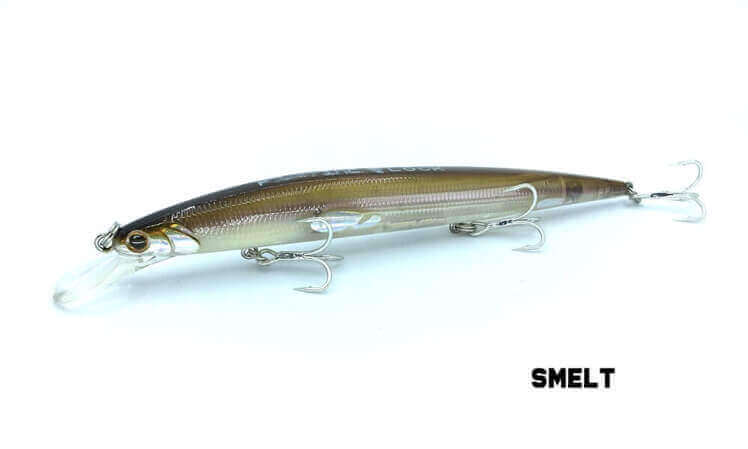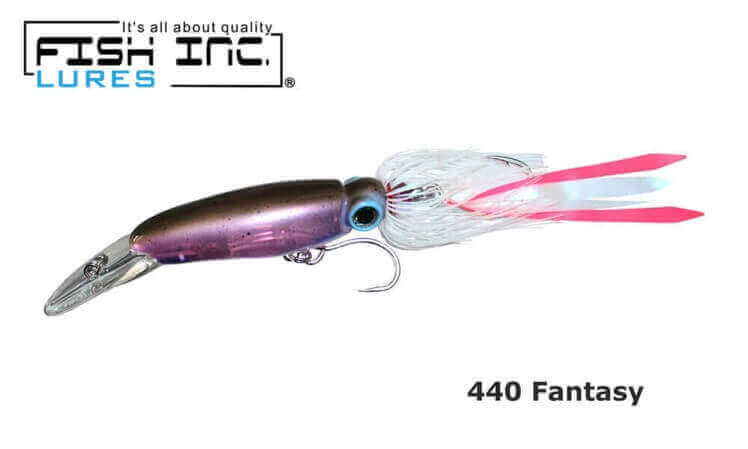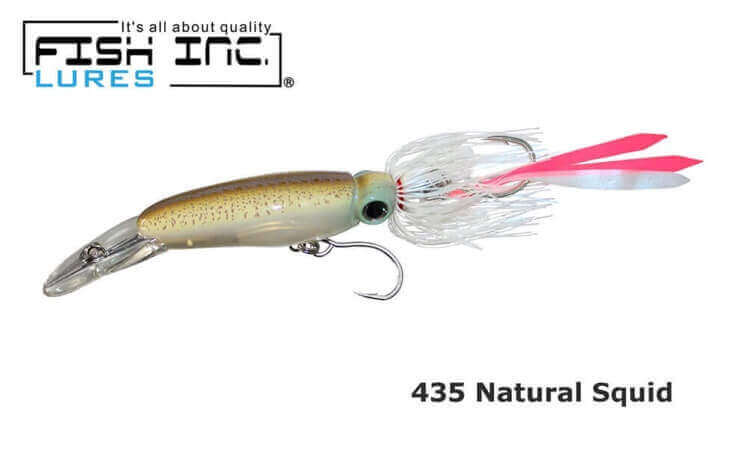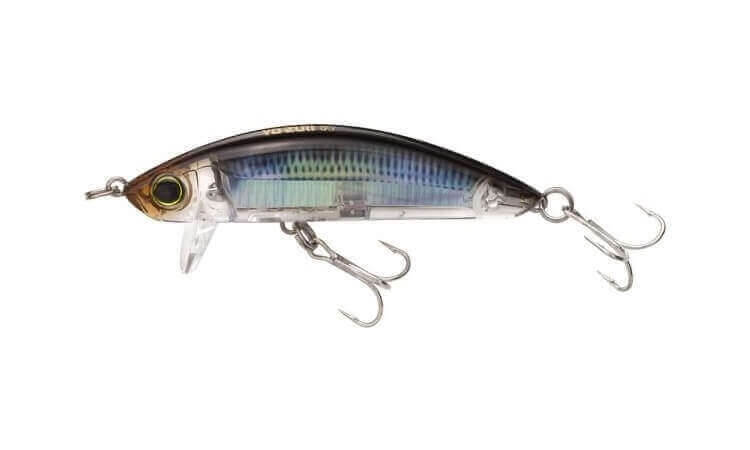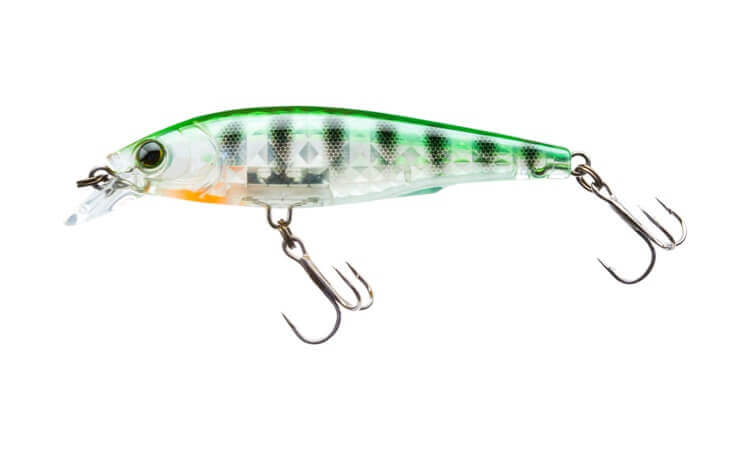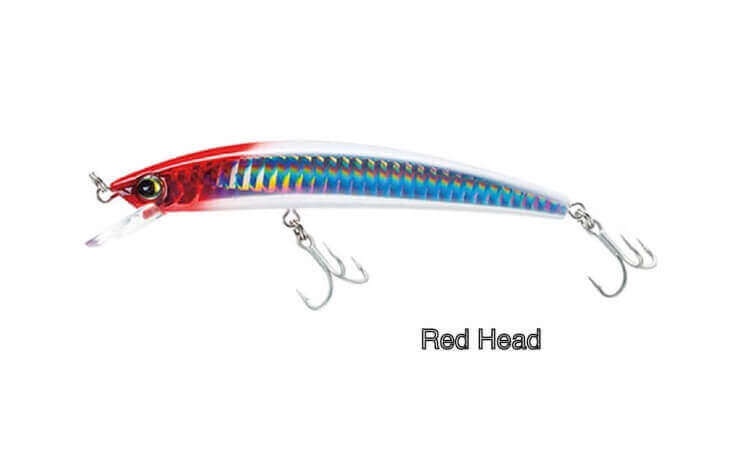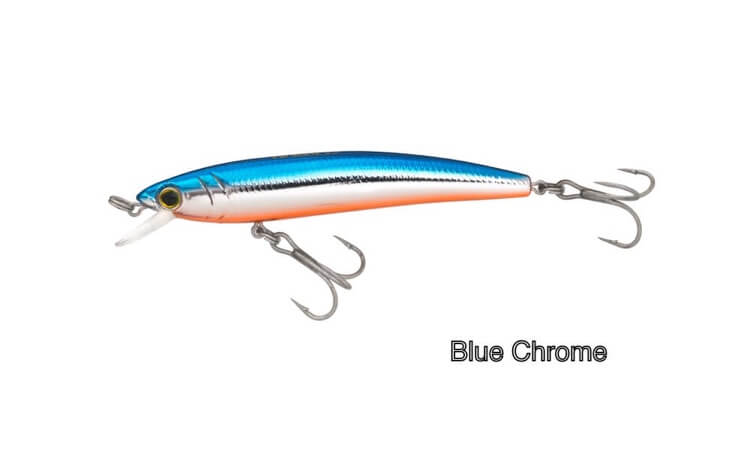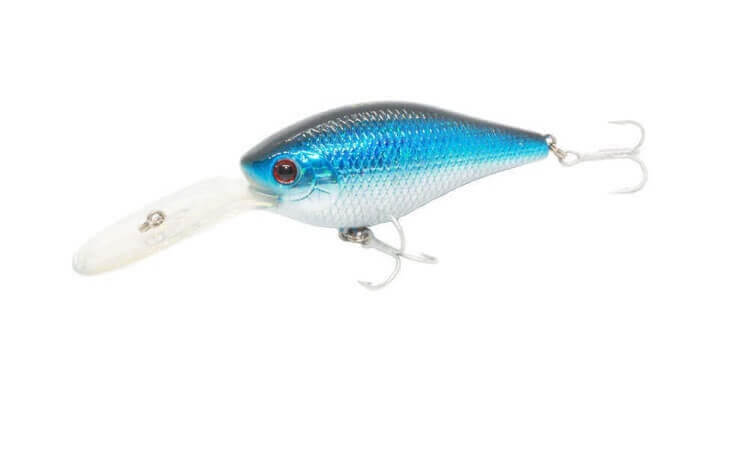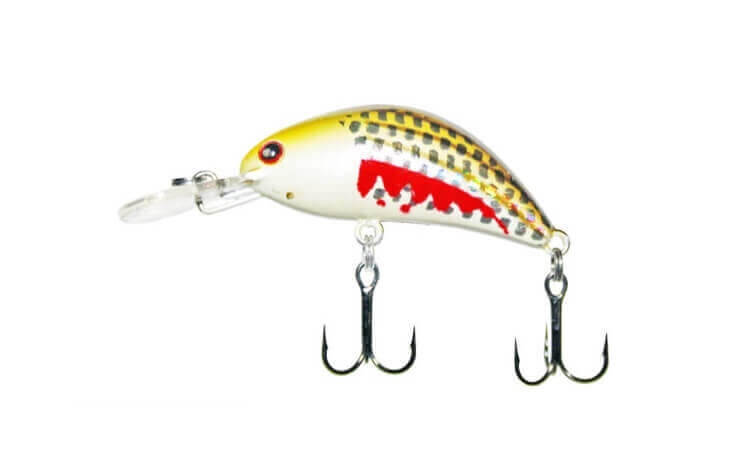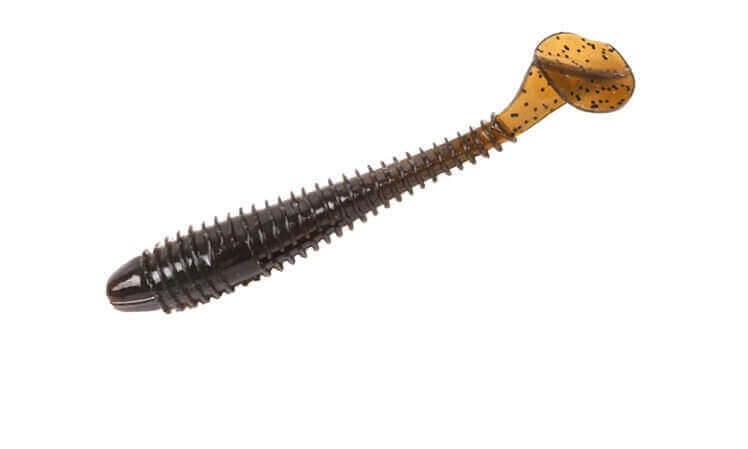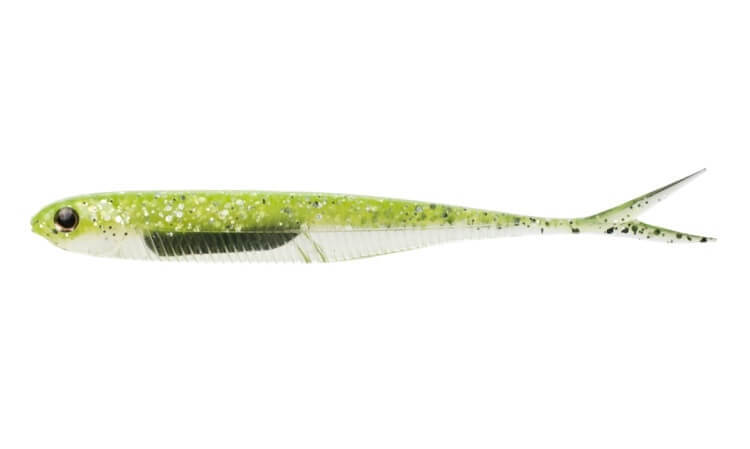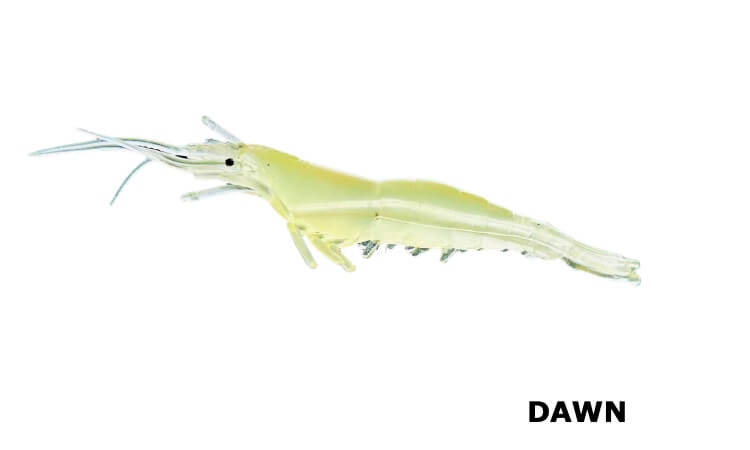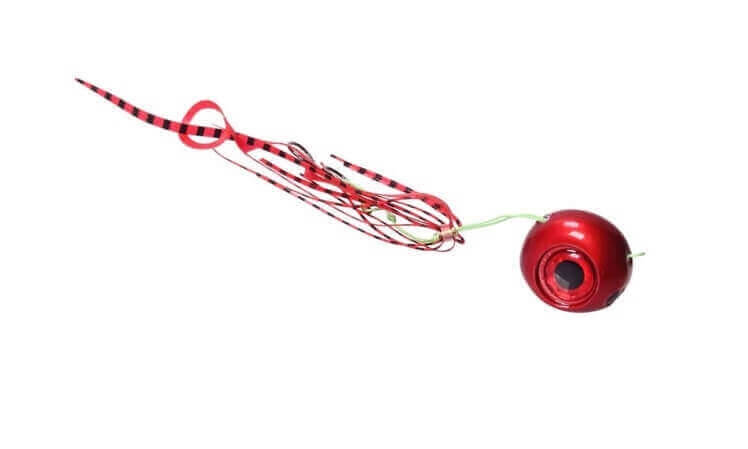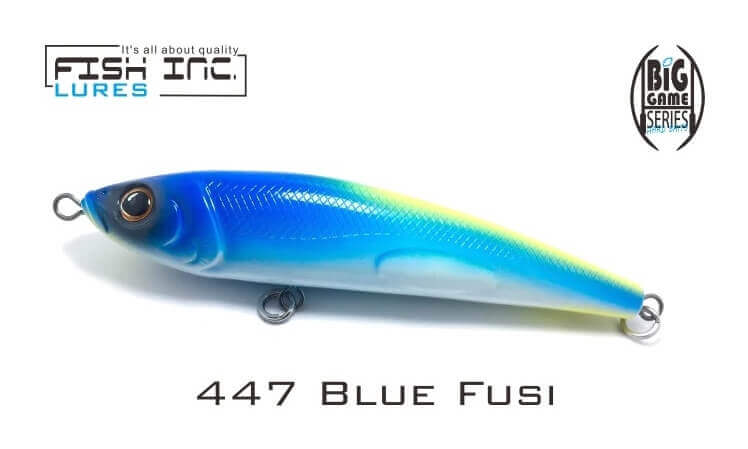
Crankbaits, Minnows & Diving Lures
Fishing with Crankbaits, Minnows and Diving Lures
Fishing with crankbaits, minnow lures, and diving lures is a popular technique among anglers targeting various freshwater and saltwater fish species. These lures are designed to mimic the appearance and movement of small baitfish, making them effective in attracting predatory fish and triggering strikes. Here's a breakdown of each type of lure and how they are typically used
Crankbaits
Crankbaits are hard-bodied lures that typically feature a diving lip or bill on the front. This lip causes the lure to dive beneath the water's surface and wobble or swim in a wide, erratic motion when retrieved. Crankbaits come in different sizes, shapes, and colors to imitate different types of baitfish. They can be used to cover a large area of water and are particularly effective for targeting bass, bream, pike, and trout along with many other predatory species. Anglers often vary the retrieve speed, depth, and pause to mimic injured or fleeing baitfish, triggering strikes from predatory fish.
Minnow Lures
Minnow lures, as described earlier, are designed to imitate the appearance and swimming action of small minnows or baitfish. They typically have a slim, elongated body shape and can be made of hard plastic or metal. Minnow lures are versatile and can be used for a wide range of species, including bass, trout, walleye, pike, and more. Anglers can vary the retrieve speed and depth to imitate the movement of a swimming minnow, making it an enticing target for predatory fish.
Diving Lures
Diving lures, also known as diving plugs or crankbaits, are similar to crankbaits but with longer lips or bills. These lures are designed to dive deeper into the water column when retrieved, reaching specific depths depending on the size and design of the lure. Diving lures are effective for targeting fish that inhabit different water depths, such as trout, cod, bass, bream and tailor. Anglers can choose diving lures with different diving depths and use them to explore various sections of the water column to locate actively feeding fish.
When fishing with these lures, it's important to experiment with different colors, sizes, and retrieval techniques to determine what works best for the target species and the fishing conditions. Varying the speed of the retrieve, adding pauses or twitches, and adjusting the depth can help imitate the behavior of injured or fleeing baitfish, increasing the chances of attracting and triggering strikes from predatory fish. It's also essential to keep an eye on water temperature, structure, and the behavior of the target species to maximize success.
